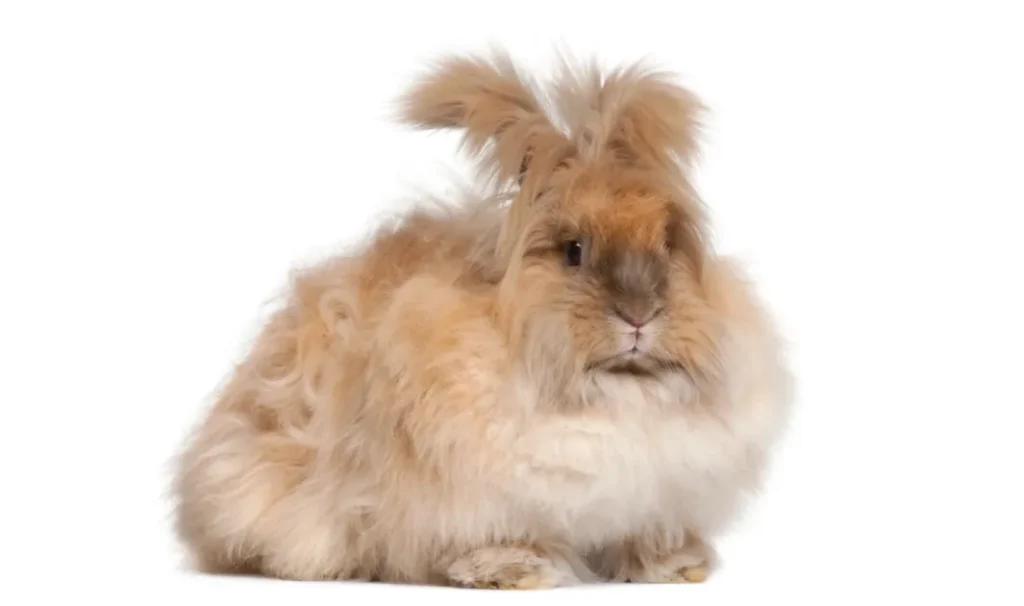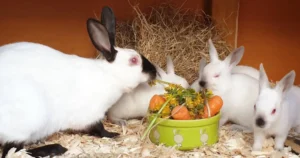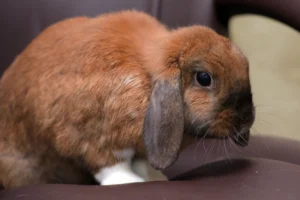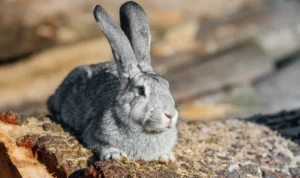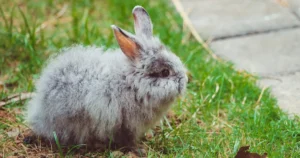As a devoted rabbit enthusiast who’s raised Angora rabbits for over a decade, I’ve learned that these magnificent creatures require specialized care to maintain their health and their prized wool. Whether you’re considering bringing home your first Angora-rabbit or looking to improve your current care routine, this guide will walk you through everything you need to know about keeping these fluffy companions happy and healthy.
Introduction to the Angora Rabbit Breed
The Angora rabbit is one of the oldest domestic rabbit breeds, originating in Ankara, Turkey (formerly called Angora). These rabbits are primarily bred for their incredibly soft, silky wool, which is harvested without harming the animal and used to create luxurious garments.
There are four main types of Angora rabbit recognized by the American Rabbit Breeders Association:
- English Angora – The smallest variety, completely covered in wool including the face and ears
- French Angora – Slightly larger with less wool on the face
- Satin Angora – Similar to French but with a distinctive sheen to their wool
- Giant Angora – The largest variety, producing the most wool
When comparing an Angora rabbit vs Lionhead rabbit, the main difference is in their wool. While Lionheads have a mane around their head (similar to a lion), Angoras have wool covering most of their body and produce significantly more fiber.
7 Essential Tips for Angora Rabbit Care
1. Perfect Your Angora Rabbit Grooming Routine
The most demanding aspect of Angora rabbit care is grooming. Their long wool requires daily attention to prevent matting and wool block, a potentially fatal condition where ingested hair clogs the digestive system.
Essential grooming tasks include:
- Daily brushing with a slicker brush or wide-toothed comb
- Weekly thorough grooming sessions to check for mats
- Quarterly wool harvesting (either by shearing or plucking, depending on the variety)
During heavy Angora rabbit shedding periods, increase grooming to twice daily. This typically occurs every 90-120 days when they naturally molt.
2. Optimize Your Angora Rabbit Diet
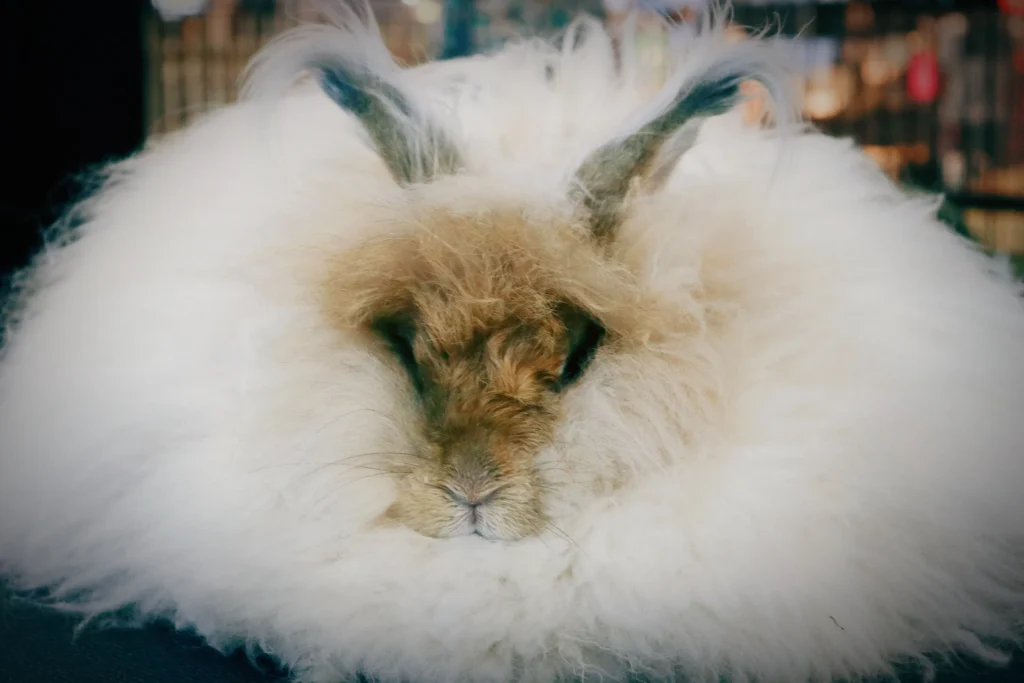
A proper Angora rabbit diet consists of:
- High-quality timothy hay (available at all times)
- Fresh leafy greens (1 cup per 2 pounds of body weight daily)
- Limited pelleted rabbit food (1/4 cup per 5 pounds of body weight)
- Fresh water (changed daily)
- Occasional treats like small pieces of carrot or apple
Angoras need extra fiber to help move ingested wool through their digestive system. I always ensure mine have unlimited access to fresh hay, which makes up about 70% of their diet.
3. Create the Ideal Angora Rabbit Habitat
The perfect Angora rabbit housing should be:
- Spacious (minimum 4 sq ft for small Angoras, 5-6 sq ft for larger varieties)
- Well-ventilated but free from drafts
- Protected from extreme temperatures (ideal range: 50-75°F)
- Equipped with solid flooring or wire with resting mats (wire alone can hurt their feet)
- Easy to clean (Angora wool collects everywhere!)
I’ve found that providing a larger enclosure than the minimum requirements drastically improves their happiness and health. My Angoras enjoy a 8×4 ft pen with different zones for eating, sleeping, and playing.
4. Monitor Angora Rabbit Health Issues
Common Angora rabbit health issues include:
- Wool block (prevented with proper grooming and diet)
- Mites or fur lice (watch for excessive scratching or wool loss)
- Heat stress (Angoras are extremely susceptible due to their thick coats)
- Sore hocks (foot irritation from wire flooring)
- Malocclusion (dental issues requiring veterinary attention)
Establish a relationship with a rabbit-savvy veterinarian before emergency strikes. Regular health checks every 6 months can catch potential problems early.
5. Understand Angora Rabbit Farming Considerations
If you’re interested in Angora rabbit farming for wool production, consider:
- Harvesting occurs approximately every 90 days
- One Angora can produce 8-16 ounces of wool annually
- Each harvest requires proper tools (scissors, clippers, or gentle plucking)
- Processing raw wool involves collecting, cleaning, carding, and spinning
- Ethical concerns should guide your practices (no painful methods)
Personally, I collect about 12 ounces annually from each of my adult English Angoras, which I clean and sell to local fiber artists.
6. Selecting the Right Angora Rabbit Colors
Angora rabbit colors vary widely, including:
- White (most common and traditionally preferred for wool)
- Black
- Blue
- Chocolate
- Lilac
- Fawn
- Tortoiseshell
- Pointed (Himalayan markings)
When choosing a color, remember that some colors (particularly white) show dirt more easily and may require more frequent bathing if being shown competitively.
7. Planning for Your Angora Rabbit Lifespan
The average Angora rabbit lifespan ranges from 7-12 years with proper care. This represents a significant commitment:
- Budget for ongoing expenses (quality food, grooming tools, veterinary care)
- Establish a maintenance routine you can sustain for years
- Consider who might care for your rabbit during vacations or emergencies
- Plan for the full lifespan when deciding to bring an Angora home
Understanding Angora Rabbit Price and Purchasing
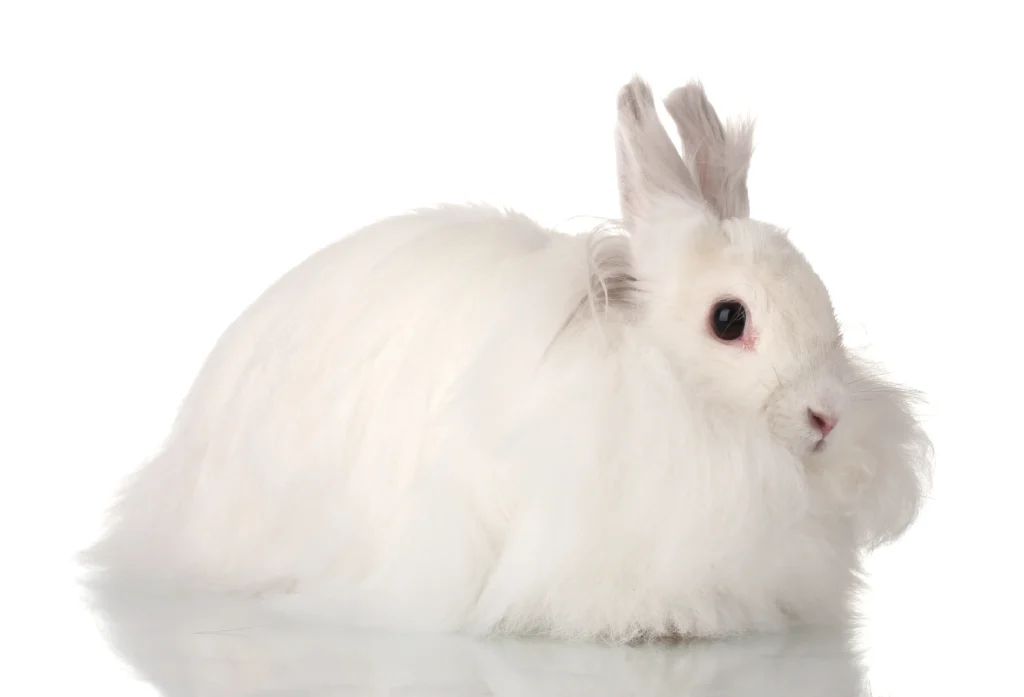
If you’re searching for an Angora rabbit for sale, prices typically range from $50-$250 depending on:
- Variety (English, French, Giant, or Satin)
- Pedigree and show quality
- Age (babies vs. adults)
- Color and markings
- Whether they’re intended for pets or wool production
When purchasing, prioritize reputable breeders who:
- Allow you to see their rabbitry conditions
- Provide health records
- Answer questions about care requirements
- Offer post-purchase support
Avoid impulse purchases based solely on their adorable appearance. The Angora rabbit price reflects just the initial investment—their specialized care requirements represent the true cost of ownership.
Harvesting and Using Angora Rabbit Wool
Angora rabbit wool is prized for its extraordinary properties:
- Seven times warmer than sheep’s wool
- Incredibly soft and lightweight
- Possesses a distinctive “halo” effect
- Blends beautifully with other fibers
- Hypoallergenic for many people sensitive to sheep’s wool
Home spinners and fiber artists particularly value Angora wool for luxury items like baby clothes, scarves, and gloves. The wool can be harvested by:
- Gentle plucking during molting (English Angoras)
- Careful shearing (French, Satin, and Giant Angoras)
- Regular brushing and collecting the shed wool
One ounce of Angora wool typically sells for $10-15, making it a potential small income source for dedicated rabbit owners.
Conclusion
Caring for Angora rabbits requires dedication, but the rewards—whether it’s their affectionate companionship or their luxurious wool—make the effort worthwhile. By following these seven essential care tips and understanding their unique needs, you’ll be well-prepared to provide a healthy, happy life for these extraordinary animals.
Remember that each Angora has its own personality and preferences. The most successful caretakers observe their rabbits closely and adjust routines accordingly. With proper care, your Angora can be a beloved companion for many years to come.
Have you raised Angoras or are you considering bringing one home? Share your experiences or questions in the comments below!


